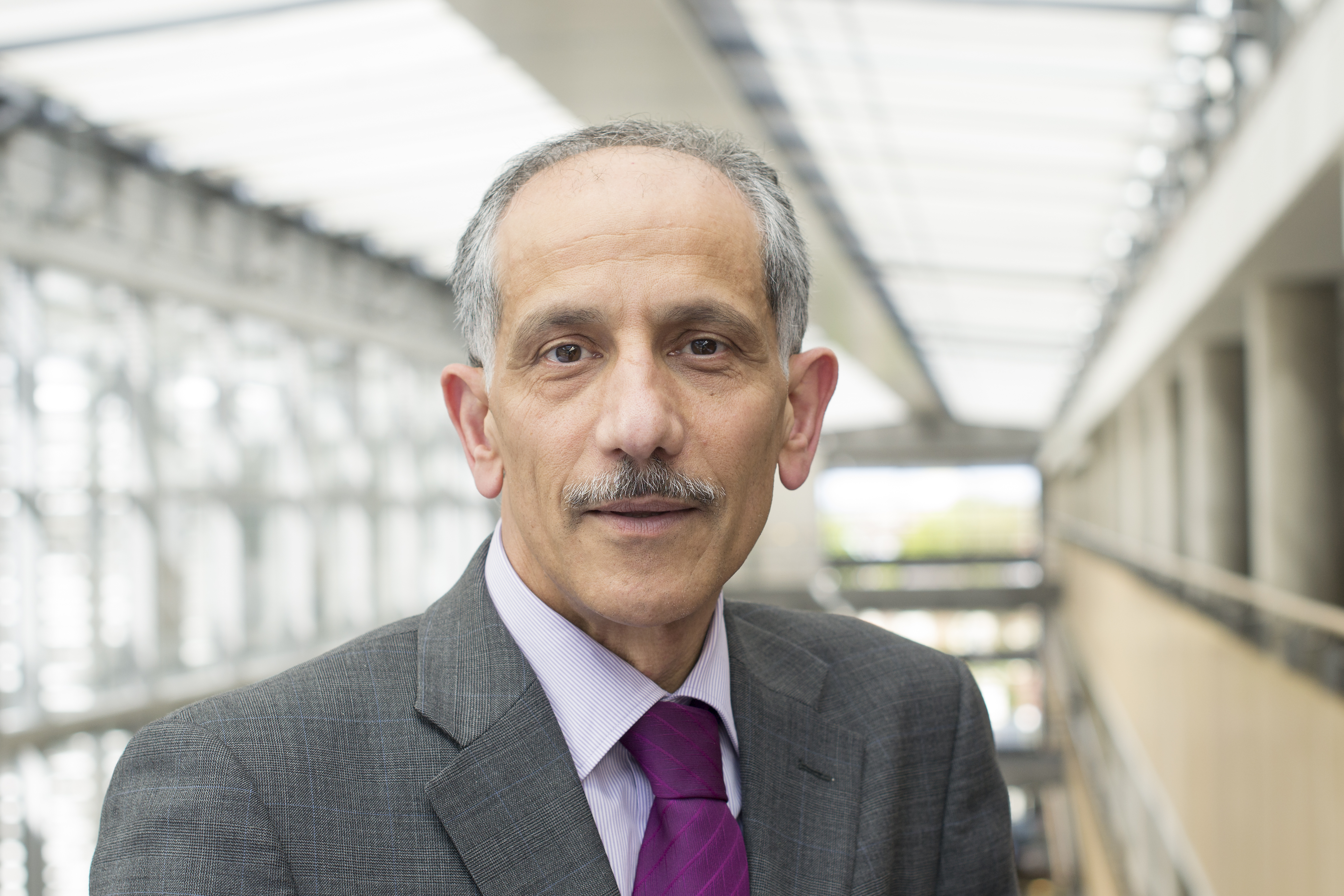
Nuclear Modelling Seminar 2020
The Nuclear Institute’s 2020 Modelling in Nuclear Science and Engineering Seminar, originally scheduled for May but deferred to November and changed to an on-line platform, was successfully delivered on 4th/5th November.
Sponsored by Queen Mary University London and the University of Salford, the organising committee, chaired by Professor Ali Tehrani FNucI, were also supported in the Seminar’s planning by modelling experts from Bangor University’s NFI, Jacobs and Imperial College London (ICL).
We were delighted to welcome Malwina Qvist (BEIS), Professor Robin Grimes (ICL) and Andrew Davis (UKAEA) as keynote speakers to open the Seminar. With participation and presentation from UK, France, Italy and India, both days saw a number of presentations addressing issues and current state of the art modelling techniques and thinking within the themes of UK Policies and Strategy. These covered: Improving Efficiency in the Nuclear Modelling, Automation, Validation and The Future, Materials Modelling, Resilience and Safety; with the Seminar’s closing session exploring the Development of Numerical Applications.
Poster presentations were also delivered in two sessions, encompassing the themes of Fuel Modelling, Reduced Order Modelling, Accident Analysis and Thermal Hydraulics.
Prof. Tehrani was extremely pleased with the content of the Seminar. “The aim of scientific modelling as an activity is to make features and performance of the design easier to understand, quantify, visualize, or simulate by referencing it to existing and usually commonly accepted knowledge, and is applied across all kinds of industries and walks of life. We certainly had a fantastic line-up and a fascinating set of topics and themes to cover” he said.
This year’s Seminar aimed to provide practical advice, information sharing and a discussion platform to facilitate and improve understanding, problem-solving and cooperation. Massive advances and opportunities arising from the introduction of digital technologies have presented the nuclear modelling community with tools that were inaccessible 20 years ago, and whilst the UK nuclear sector alone still expects significant near to mid-term investment, the opportunities for ongoing research across the whole nuclear lifecycle at home and abroad continue to present themselves.
Hopefully we will be able to return to an ‘in-person’ event in the latter half of 2021 where once again our contributors will look forward to sharing their knowledge, experience and expectations for future modelling requirements across decommissioning projects, radioactive waste management and asset support, reactor design and in nuclear new-build. We hope to see you there, wherever it may be!